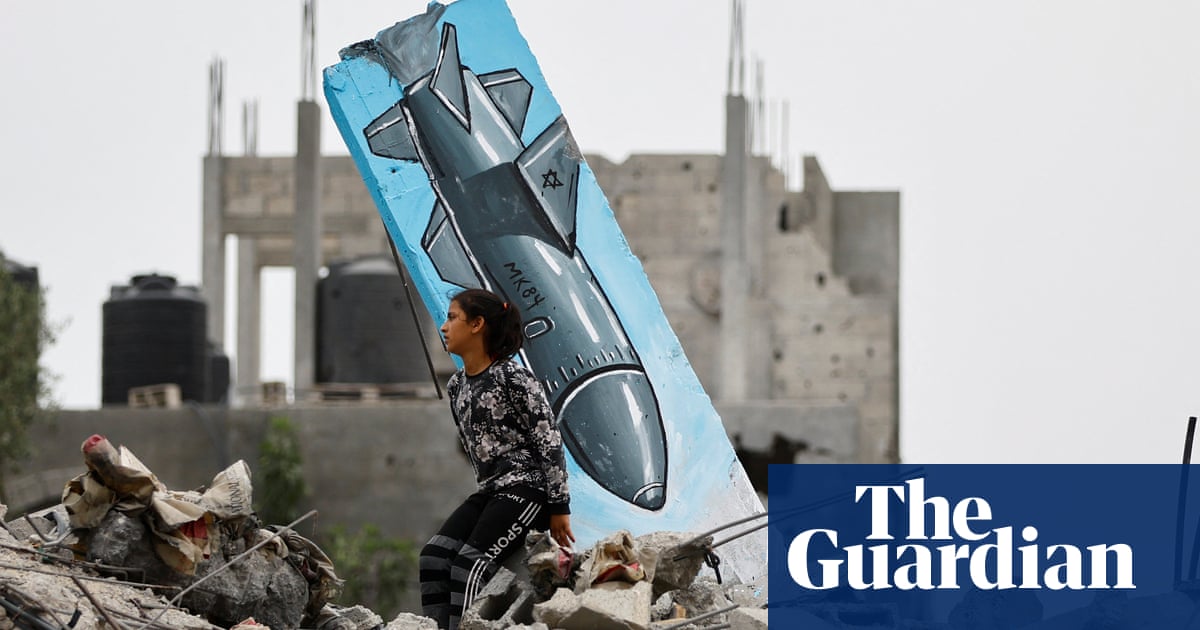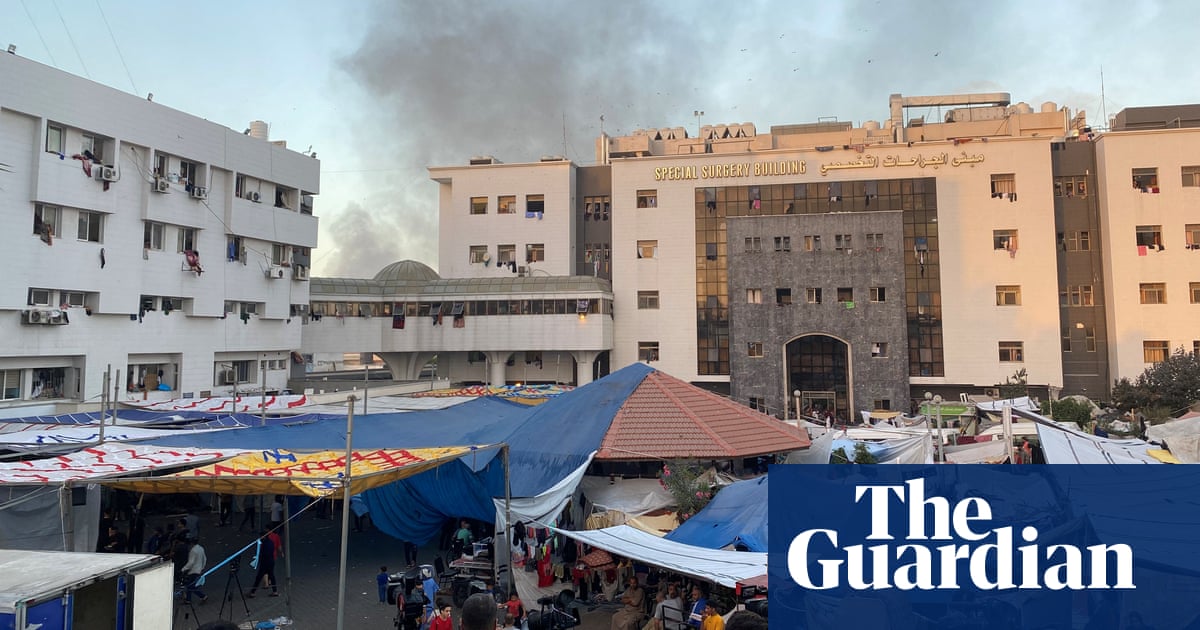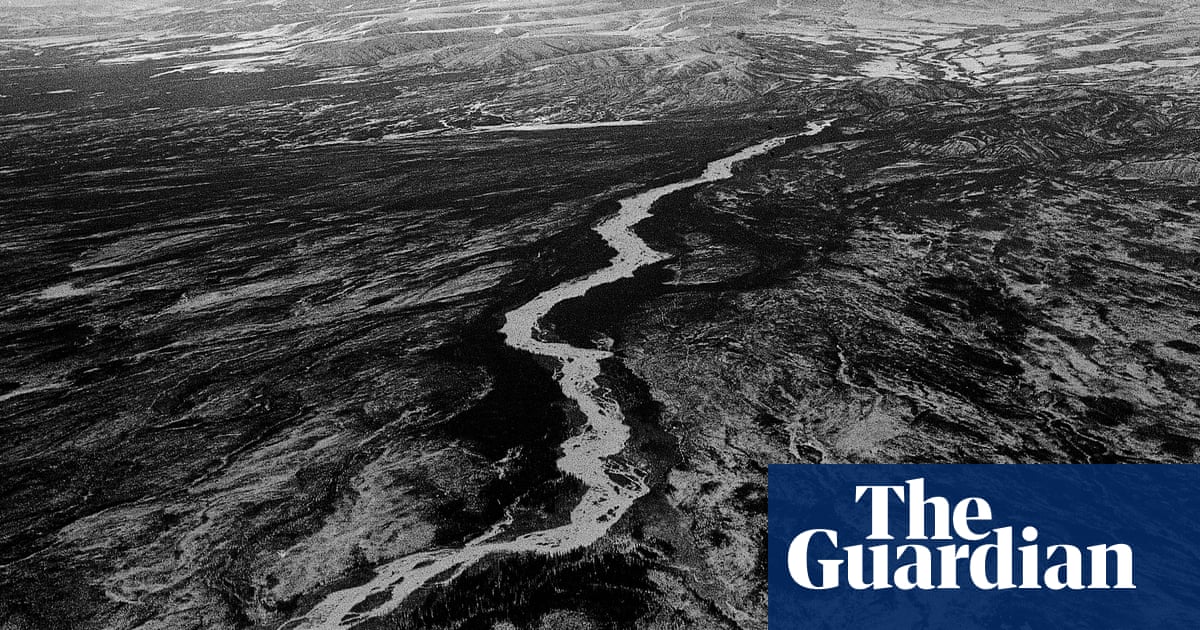
Grey rubble dust has settled on almost everything around a destroyed house in Deir al-Balah, a town in the centre of the occupied Gaza Strip, but on some shrapnel-pocked walls, the paint is still fresh and vibrant.
Graffiti artists have used the building as a canvas after Israel’s five-day Operation Shield and Arrow in May, a surprise offensive that left 33 Palestinians and two people in Israel dead. On one wall, a child waving a Palestinian flag is depicted with wings, standing amid the clouds. In a destroyed bedroom, a young girl brushing her hair has been painted behind a ruined dressing table, her face peering out from where the mirror used to be.
Art, and artists, endure in Gaza, despite the punishing Israeli-Egyptian blockade on the tiny coastal enclave that has been in place since a takeover by the militant group Hamas in 2006.
The siege, now in its 16th year, has exacted a devastating toll on the strip’s 2.2 million trapped inhabitants; four wars and several smaller battles with Israel since Hamas seized power have devastated the infrastructure and economy of the 17 square miles. Clean water, electricity and adequate medical care are in short supply.
The restrictions caused by the occupation may limit artistic expression but it remains a lifeline for many.
At Shababik, or Windows, in Gaza city centre, one of the only artist collectives and gallery spaces in the whole strip, its co-founder Shareef Serhan was working in one of his favourite styles – the contrast between precise, delicate Arabic calligraphy and a background of riotous streaks of colour. He was waiting for a group of teenagers taking an afternoon drawing class to arrive.
“There is a traditional art college in Gaza, but we are the only place working in plastics, digital art, modern sculpture, all sorts of modern stuff,” he said. “We have limited options but our horizons are still big. The aim is to train and inspire the next generation.”
Isolation, frustration and trauma are recurring themes in much of the Shababik network’s collection: Shireen Abdul Kareem’s surreal 3D modelled videos simulate first-person shooters and gaudy platform games, in which there is no obvious objective or ending. Her sculptures and sketches focus on physical and mental emptiness: moulds designed to fit a hunched over woman’s body, monsters that haunt her psyche, and the gaps left in Gaza’s skyline by destroyed buildings.
Others are inspired by the Mediterranean coastline, weaving mermaids out of nets that belonged to Gaza’s fishermen, or the traditions of Palestinian life: a huge canvas covered in fat pointillist dots in bright reds, oranges and greens showing a woman picking fruit from a tree is a reminder of the life that exists outside Gaza city’s uniform grey.
The cost of traditional artistic materials, and the difficulty of getting hold of them, is reflected in Gaza’s art. Serhan makes sculptures and lamps from recycled materials, including the debris and metal left behind by Israeli rockets.
Maryam Salah, a set and costume designer at Gaza’s lone theatre space, said: “At the borders, there is no understanding of what artistic materials are. I have to make my own stuff for the theatre, use window silicone for masks and make my own fake blood with red food colouring, because I can’t get hold of them. The question is always, ‘Why do you need it?’, not ‘Why shouldn’t I have it?’”
Exporting art is also challenging. According to Serhan, building an art market is next to impossible, both because of the strip’s high level of poverty but also the difficulty of reaching international buyers. “We’re not allowed to send anything out in frames, and we have to conform to certain standard sizes. It’s still much better now though than at the beginning of the siege. Back then, we had to ask foreigners with diplomatic car plates to help us with everything.”
Cogat, the arm of Israel’s defence ministry in charge of civilian affairs in the occupied Palestinian territories, said: “We are unaware that any specific requests to import arts and crafts materials into the Gaza Strip are under evaluation or indiscriminately denied. Each import request is evaluated on its own merits.”
Despite all the challenges, for many, art remains a lifeline in a claustrophobic place sorely lacking in colour.
Abdul Kareem says: “I would give anything to leave Gaza and art is the way I feel free in this place, but it is still my home, and a part of me.”
Serhan agrees. “Even if I got out of here, I would still make work about Gaza. The methods and tools might be different but Gaza and its suffering would stay with me,” he says.












